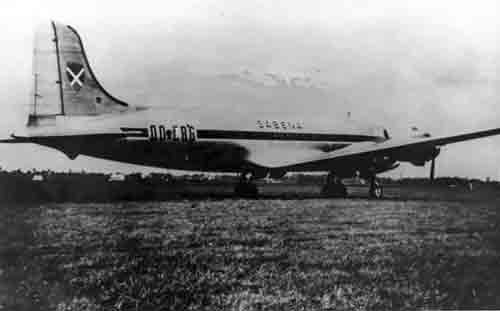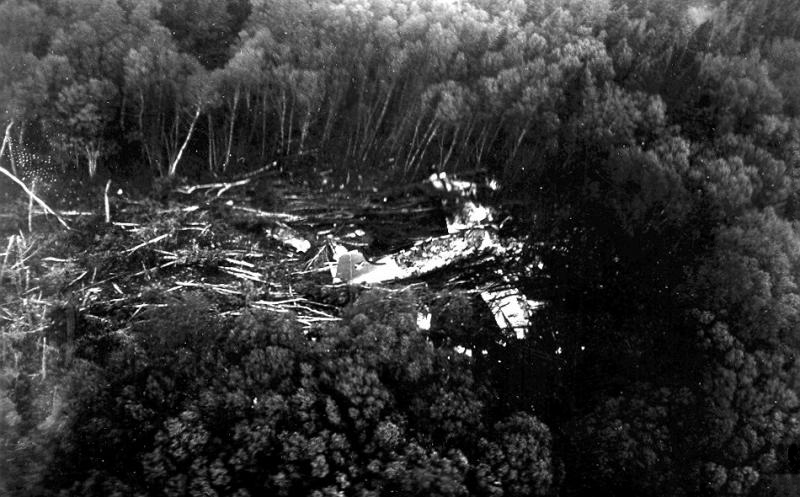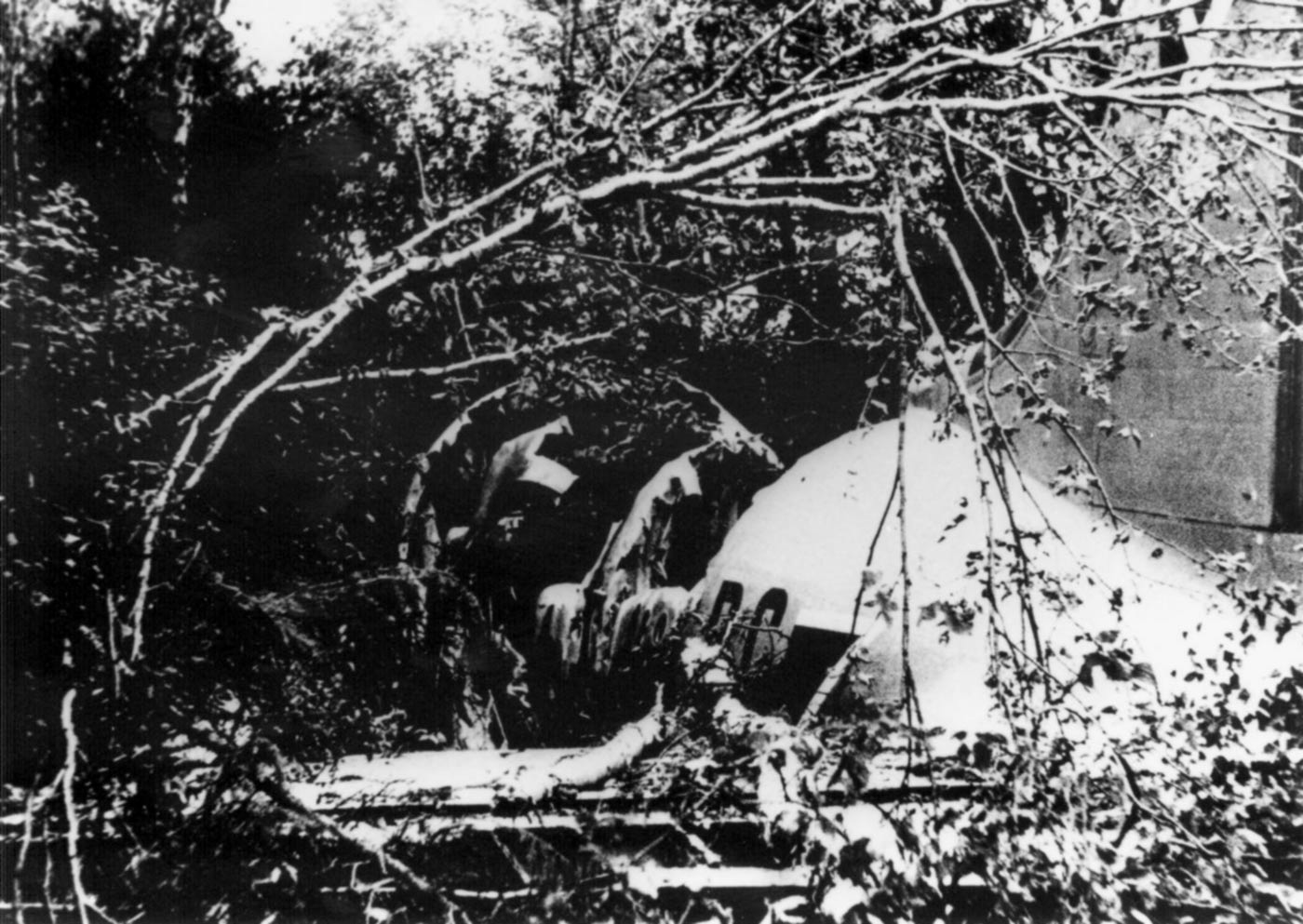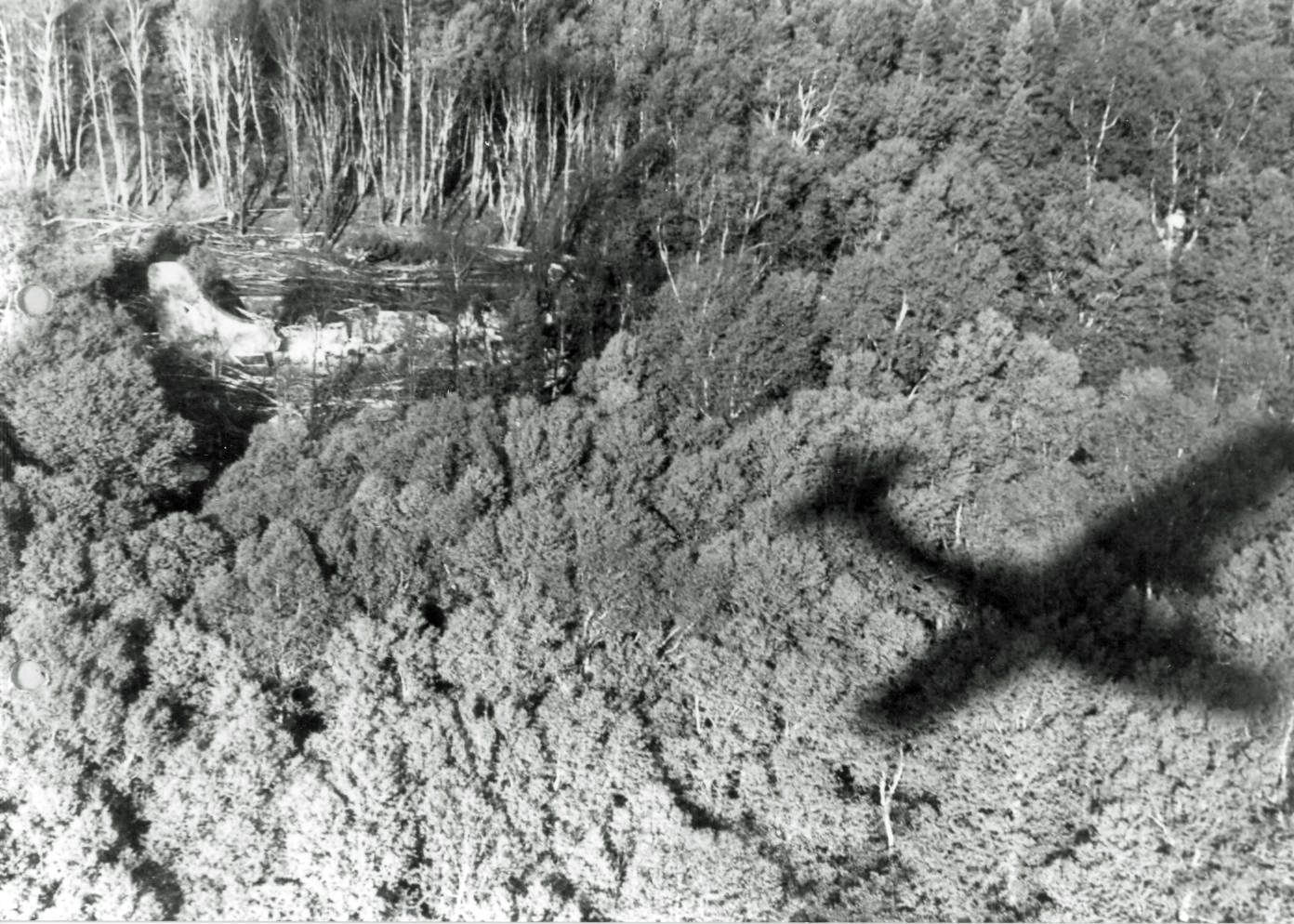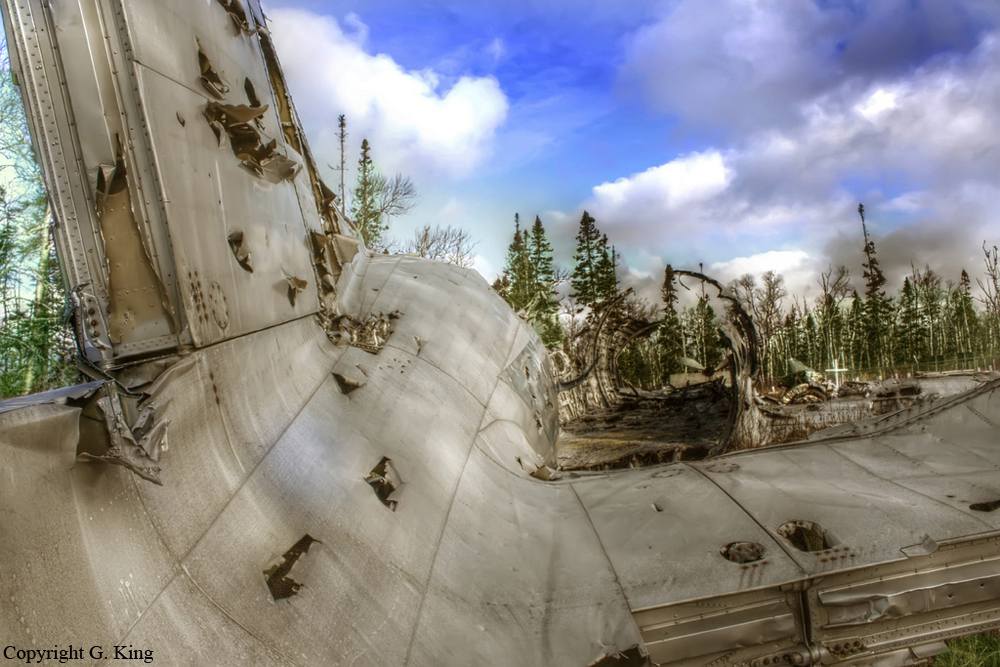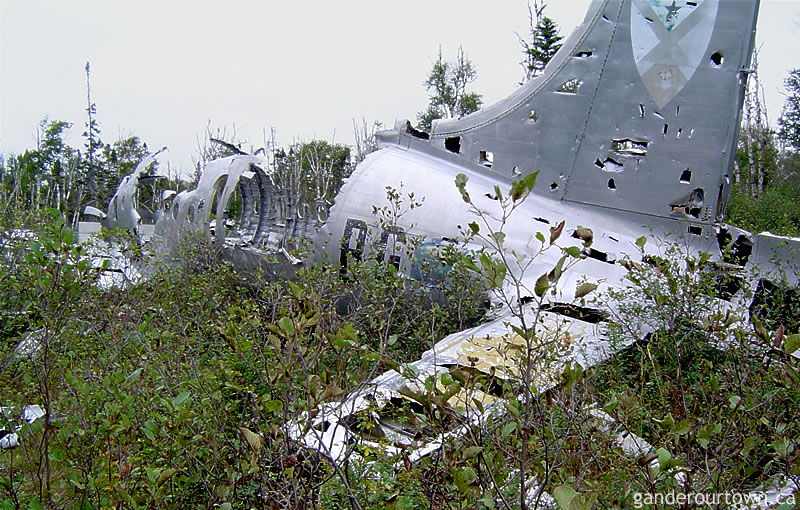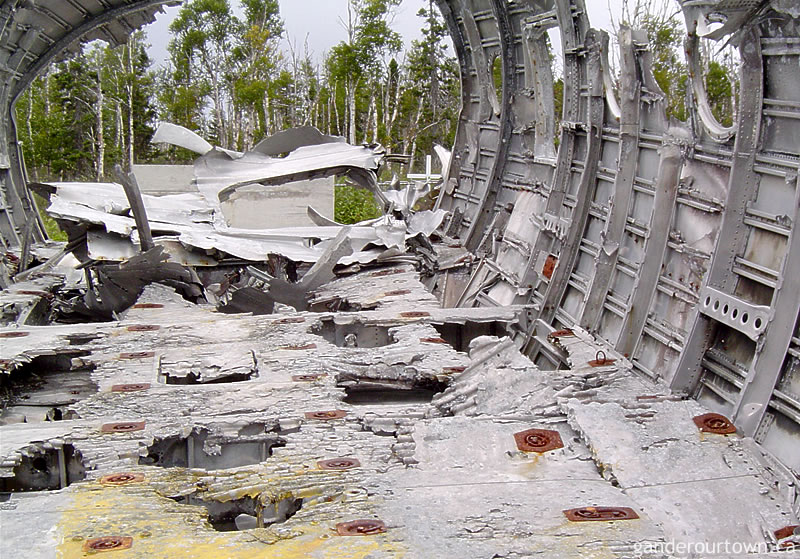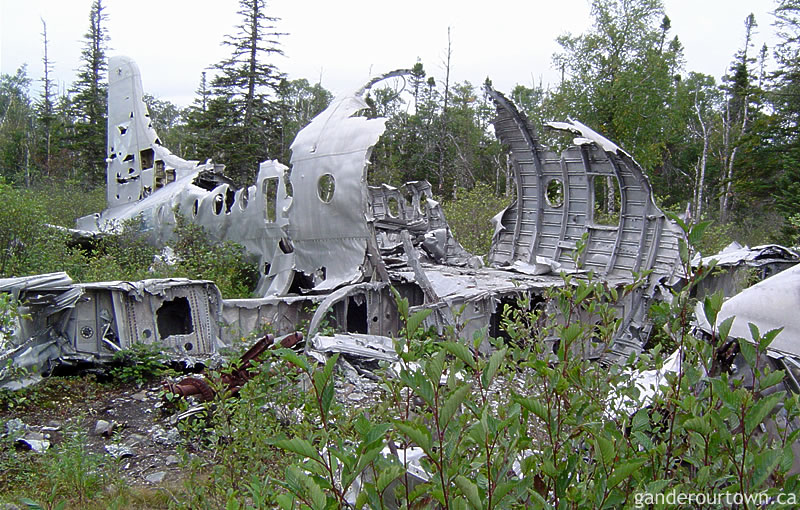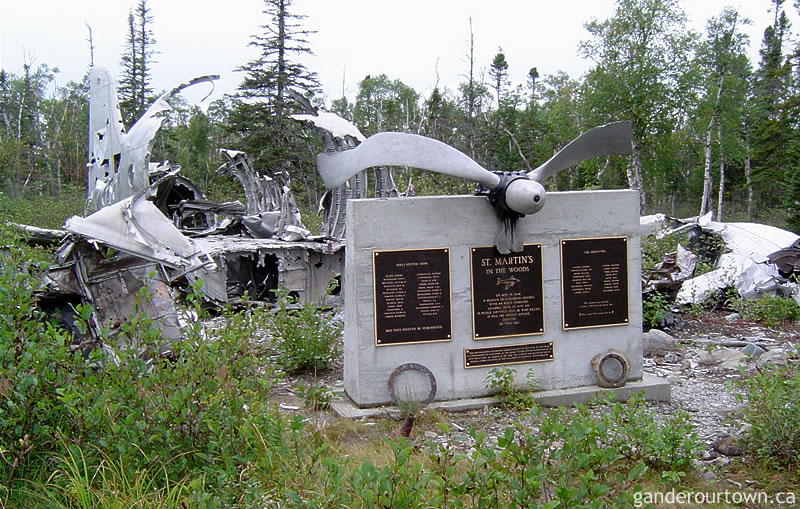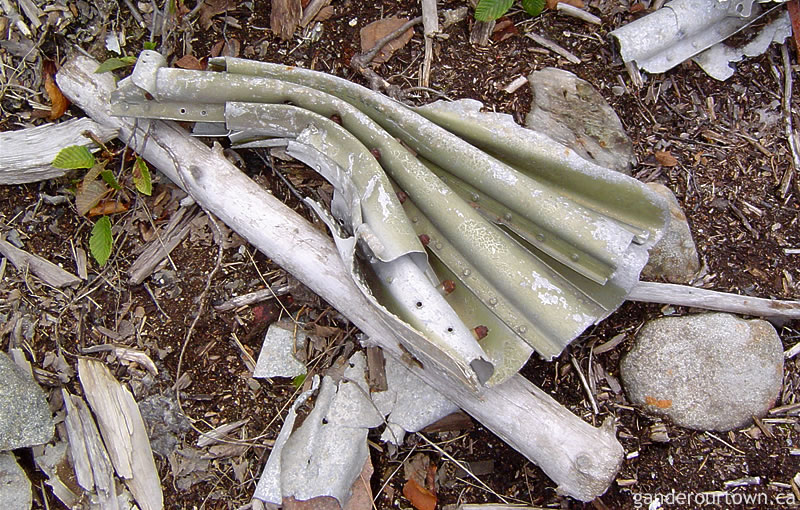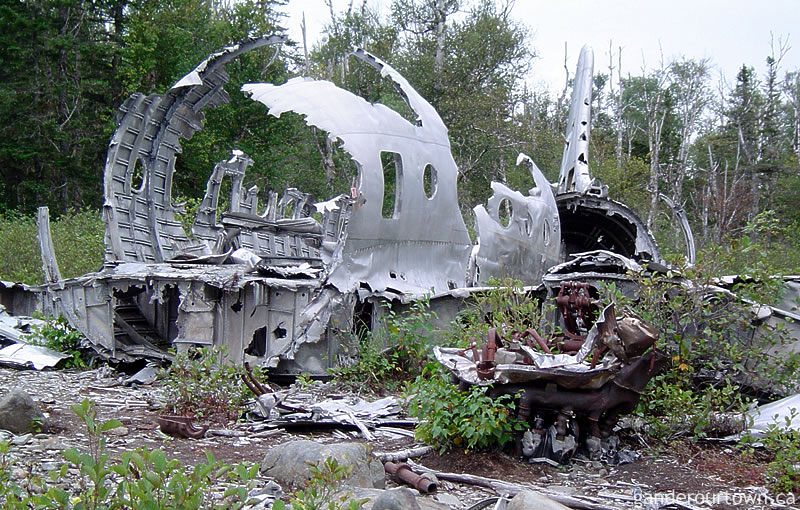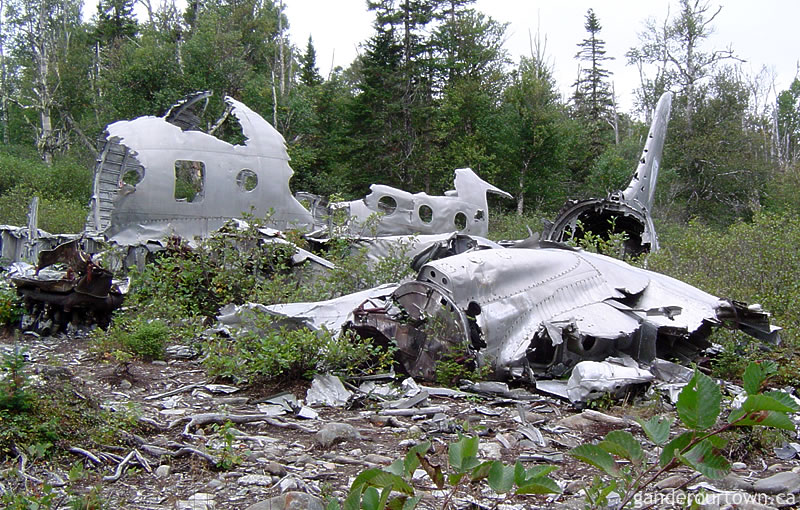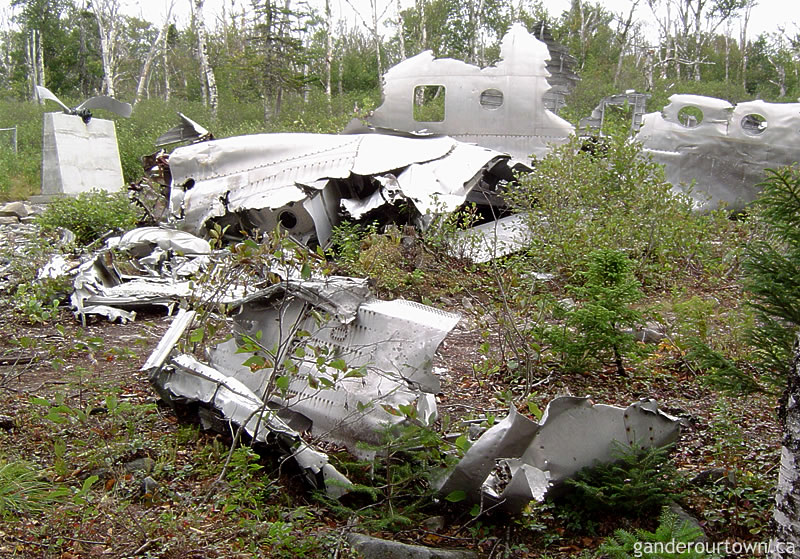Crash of a Douglas DC-4 on Mt El Tablazo en Supatá: 53 killed
Date & Time:
Feb 15, 1947 at 1400 LT
Registration:
C-114
Survivors:
No
Schedule:
London – Barranquilla – Bogotá
MSN:
10439
YOM:
1944
Crew on board:
5
Crew fatalities:
Pax on board:
48
Pax fatalities:
Other fatalities:
Total fatalities:
53
Circumstances:
The crew started the descent to Bogotá-Techo in poor weather conditions with clouds and fog. At an altitude of 10,500 feet, the four engine aircraft hit the slope of Mt El Tablazo en Supatá located about 42 km north of Bogotá. The aircraft crashed and disintegrated. All 53 occupants were killed. At the time of the accident, the mountain was shrouded in clouds and the aircraft hit the mountain about two meters below the summit. Up to date, this accident was the worst in civil aviation history.
Probable cause:
The crew started the descent prematurely, neglecting the minimum prescribed altitude.




